To keep your car feeling as it did on day one, there are certain things that you just must do. Regular servicing appointments, choosing the best fuel, regular cleaning, only using the most authentic components, and keeping the check engine light off!
It can feel quite frustrating when that little red light starts beeping out of nowhere, or sometimes, right after having the oil changed. All of this might seem connected at the moment, and if the light goes off by itself within a few minutes, nothing to worry about.
But if it does not turn off by itself and keeps blinking, you are dealing with an issue that needs to be addressed; it could be something substantial such as overhing of the engine or something as small as a loose gas cap.
And, there is one thing that we have established in the car community, the check engine light will not be triggered by a recent oil change that is done correctly.
Oil changes are a crucial maintenance component for the car but it usually cannot do anything serious that will trigger your check engine light to turn on. If you notice the light on after an oil change, you are most likely dealing with something else.
Your mechanic, or even you, might have the necessary devices and tools required to run some tests and get to the bottom of this. Let’s take a look at the possible causes for your check engine light to turn on after an oil change.
Table of Contents
Why is your check engine light on after an oil change?
The check engine light coming on after an oil change could be due to a variety of issues, such as a loose gas cap or a problem with the oil level. It’s important to have the vehicle checked by a mechanic to diagnose and fix the issue.
Five main reasons your check engine light on after oil change
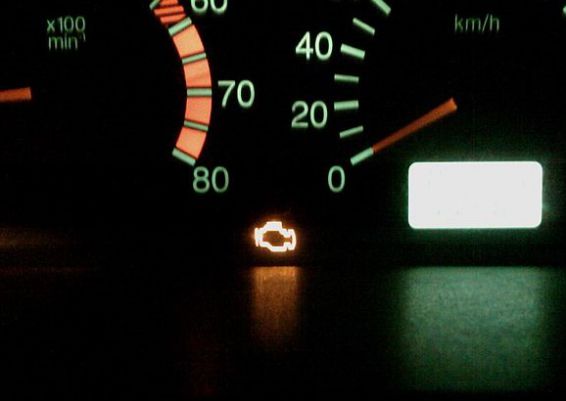
Reason #1 – The oxygen sensor might be needed to be replaced
The oxygen sensor makes sure that the car is burning fuel as efficiently as possible. If it is faulty, damaged, or unable to function correctly, then you will not be getting the information you need to see, which would lead you to spend thousands of dollars on gas.
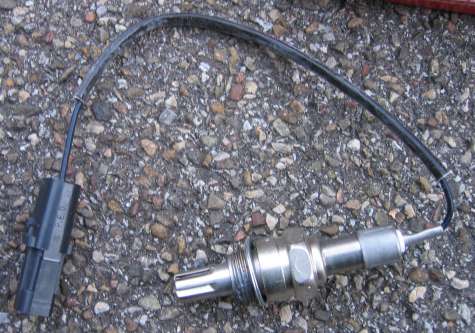
Solution: When and if the check engine light is turned on because of the oxygen sensor, you will need to figure out which one is faulty and send the signal. There are anywhere from two to four sensors in your car.
The computer at your mechanic’s store will be able to correctly detect which ones need to be fixed.
Note: The ideal thing to do would be to replace the oxygen sensor, as it is the cheapest solution as well. Without doing so, you might be risking your catalytic convertor getting damaged, which can potentially cost you a hefty amount of money.
Reason #2 – Faulty catalytic converter
If the catalytic converter stops working properly, you will most likely see the check engine light turn on. The catalytic converter reduces exhaust gases by turning harmful chemical fumes into a lesser polluted air. If this has failed, you would be able to notice as it will not let you accelerate as fast as you need to.
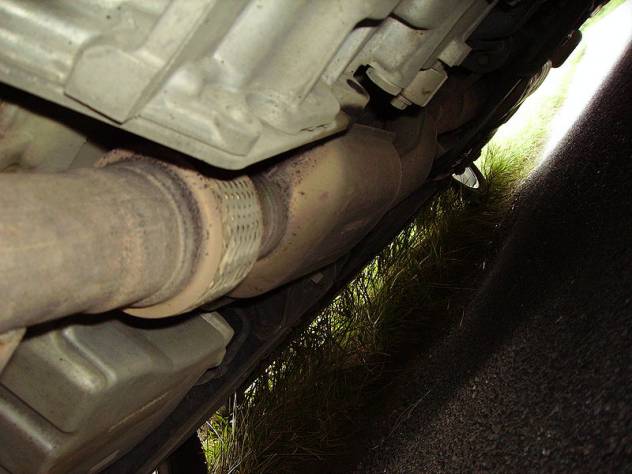
Solution: A catalytic is a complex and expensive car component and needs to be handled by an expert such as a mechanic.
Reason #3 – Loose gas cap
Loose or cracked gas caps might not seem like the cause at first glance, but they can wreak havoc on your fuel economy. Gas caps serve the purpose of ensuring that no dirt, debris, or dust can enter your gas tank and it also serves as a secure seal.
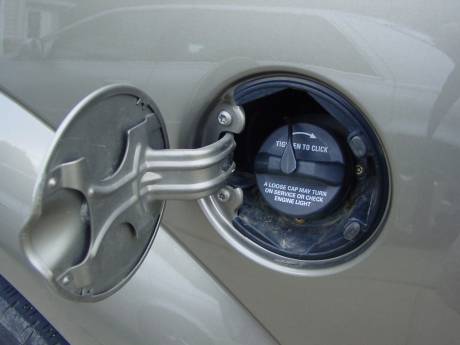
Something as simple and small as a loose gas cap can disrupt the functioning of the entire system. This isn’t dangerous but rather highly costly damage to your car’s wellbeing and can confuse you when there might be something seriously wrong with your car.
Solution: You can visually inspect and see whether your gas cap has cracked and in case it has cracked or broken, you would need to purchase new gas caps according to your car’s model and make. If it isn’t broken, take it out and secure it tightly and wait for the check engine light to turn off.
Reason #4 – Faulty spark plugs
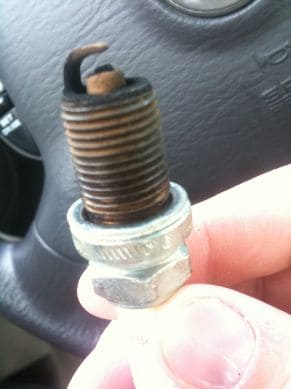
Your spark plug’s essential role is to create sparks that are needed in the combustion chamber to start up your car. If the plugs are at fault and misfiring, they are failing.
Spark plugs, like any other car component, can malfunction and wear down over a period of time. It is advised to replace them at the interval of every 100,000 miles, this will help your car function better and prevent any further damage.
Solution: If your spark plugs seem to have failed, you can purchase new spark plug. After acquiring them, it is best advised that you acquire the help of a mechanic to replace or fix them properly.
Reason #5 – Faulty airflow sensors
Similar to an oxygen sensor, airflow sensors let you know if you have the correct amount of fuel flowing through the engine based on the airflow. If the airflow sensors are working correctly, you will experience poorer gas mileage, stalling, or more emissions.
Replacing the airflow sensors is not a challenging task, but it burns a hole in your pocket. Although, changing your air filter annually or at regular intervals will help keep your airflow sensors in top working condition.
Solution: If your airflow sensor has been damaged, you would need to purchase new airflow sensors. Of course, you would need to research and find out which one suits your car’s make and model.
Since the replacement procedure requires quite a few tools, it is best to acquire the help of a mechanic for this part.
Conclusion
If you have recently gotten your oil changed and notice the red check engine light go off, it is best to assume that the cause is something else. To eliminate the oil change as the cause, you can secure it tightly and wait till the check engine light goes off.
In case it doesn’t, do not worry. If paid attention to immediately, issues such as loose gas caps, faulty airflow sensors, and more can be handled quite easily with the help of a mechanic.
